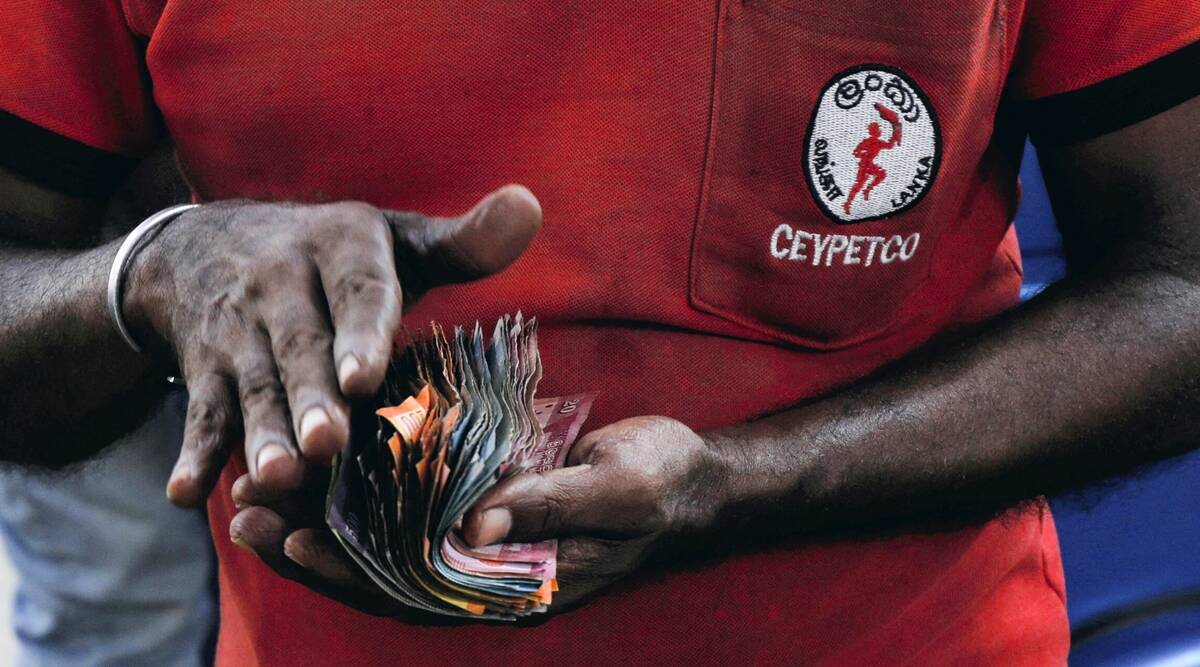Sri Lankan authorities are enforcing rolling power cuts across the island nation as the island’s deepening financial crisis results in fuel shortages and grid malfunctions. Sri Lanka’s Public Utilities Commission announced Wednesday that it will cut power to the country’s grid for four and a half hours, following two hours of blackouts on Tuesday and Monday. According to officials, electricity will be turned off on a rotating basis between regions between 8.30 a.m. and 10.30 p.m.
The regulatory body stated that the state-owned Ceylon Electricity Board had requested permission for the cuts due to the loss of approximately 700 MW from the national grid due to fuel shortages. Sri Lankans have been experiencing several sporadic power outages over the last few weeks.
Sri Lanka is experiencing a heavy economic crisis
Chairman of the commission Janaka Ratnayake stated that the “fuel shortage is causing this issue,” adding that “we are experiencing a fuel crisis, not an electricity crisis.” Sri Lanka’s worst economic crisis in decades is being fueled by depleted foreign reserves. A currency crisis has hampered foreign imports of fuel and other essentials, such as milk powder, cooking gas, and petrol.
Many Sri Lankans have been forced to queue in the capital of Colombo and its suburbs in recent days to obtain fuel for their motorcycles and vehicles. Several fuel stations remained closed due to a lack of new supplies.
The pandemic took a significant toll on Sri Lanka’s economy, which is heavily reliant on tourism and trade, with the government estimating a $14 billion loss over the last two years. According to the central bank, the economy contracted by 1.5 percent between July and September 2021. In December, inflation also increased to 12.1%.
Sri Lanka has taken on significant debt and is now required to repay $12.5 billion in international sovereign bonds. Officials have stated that the government is gradually restocking reserves in order to ensure that it can repay its debts. The government paid $500 million in interest on sovereign bonds in January, and the country’s Central Bank reported that gross official reserves stood at $2.36 billion at the end of January.
Sri Lanka has foreign debt obligations totaling more than $7 billion in 2022, including the repayment of another $1 billion bonds in July. The electricity crisis has been exacerbated by the country’s plummeting water levels that power hydroelectric dams.

